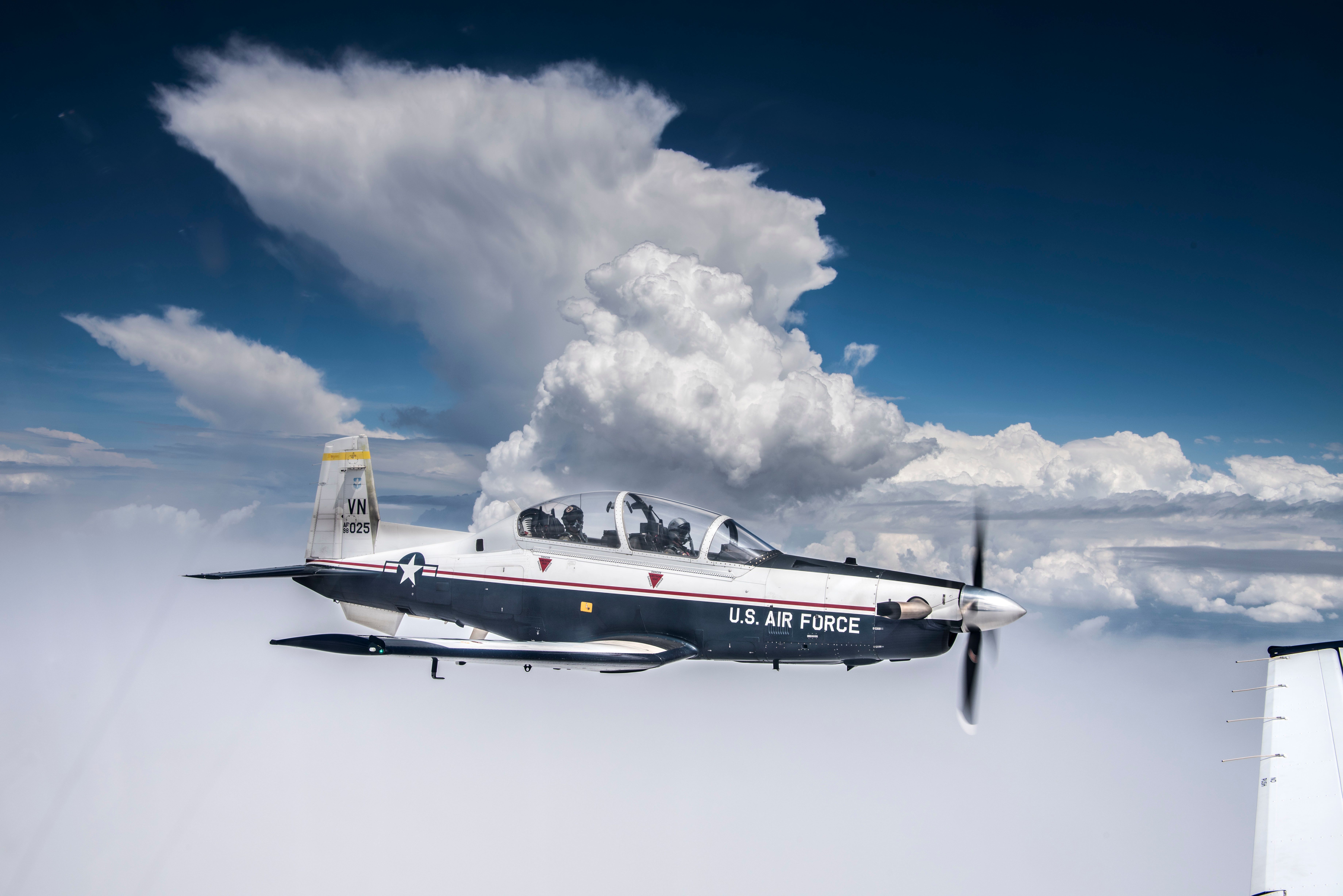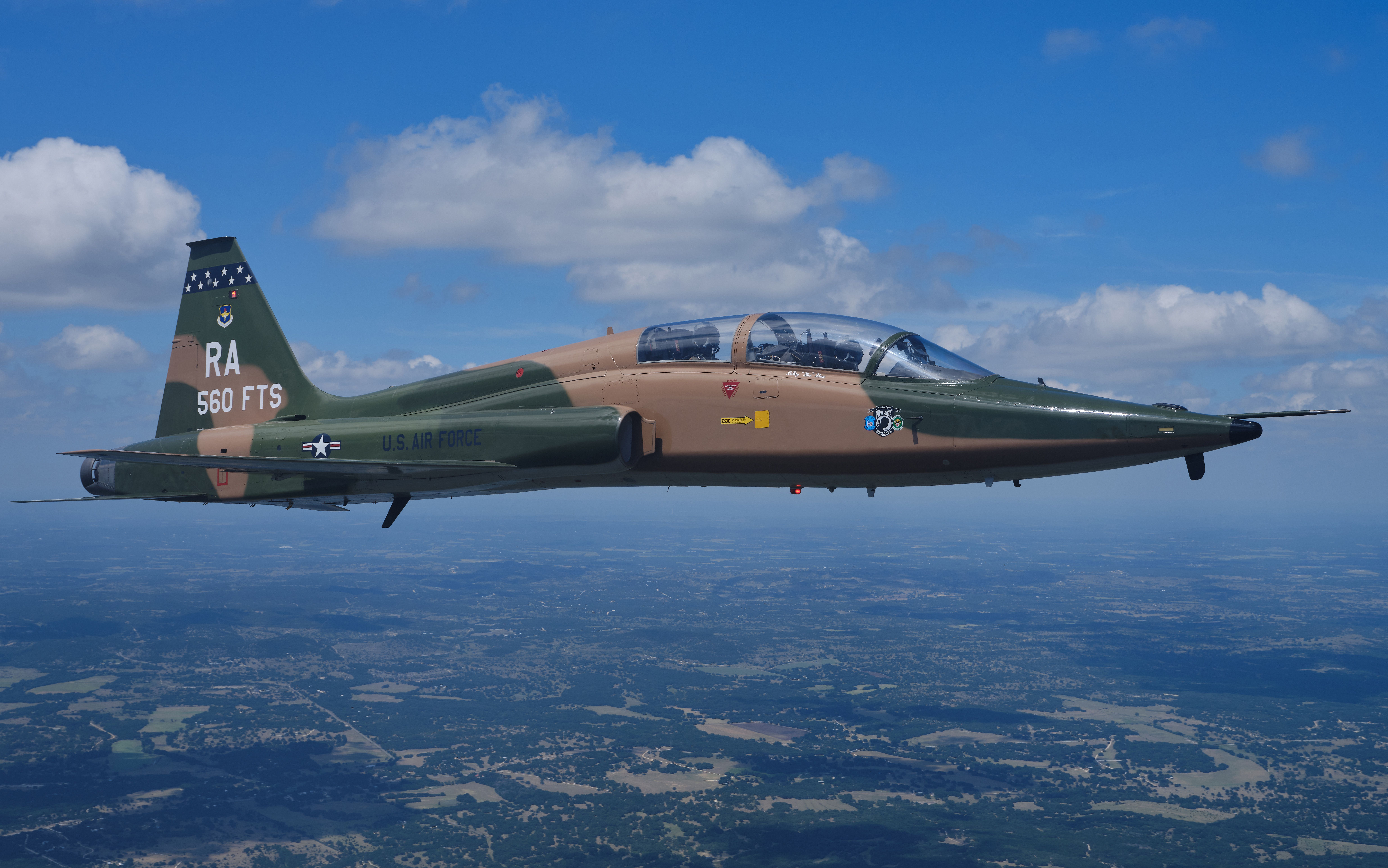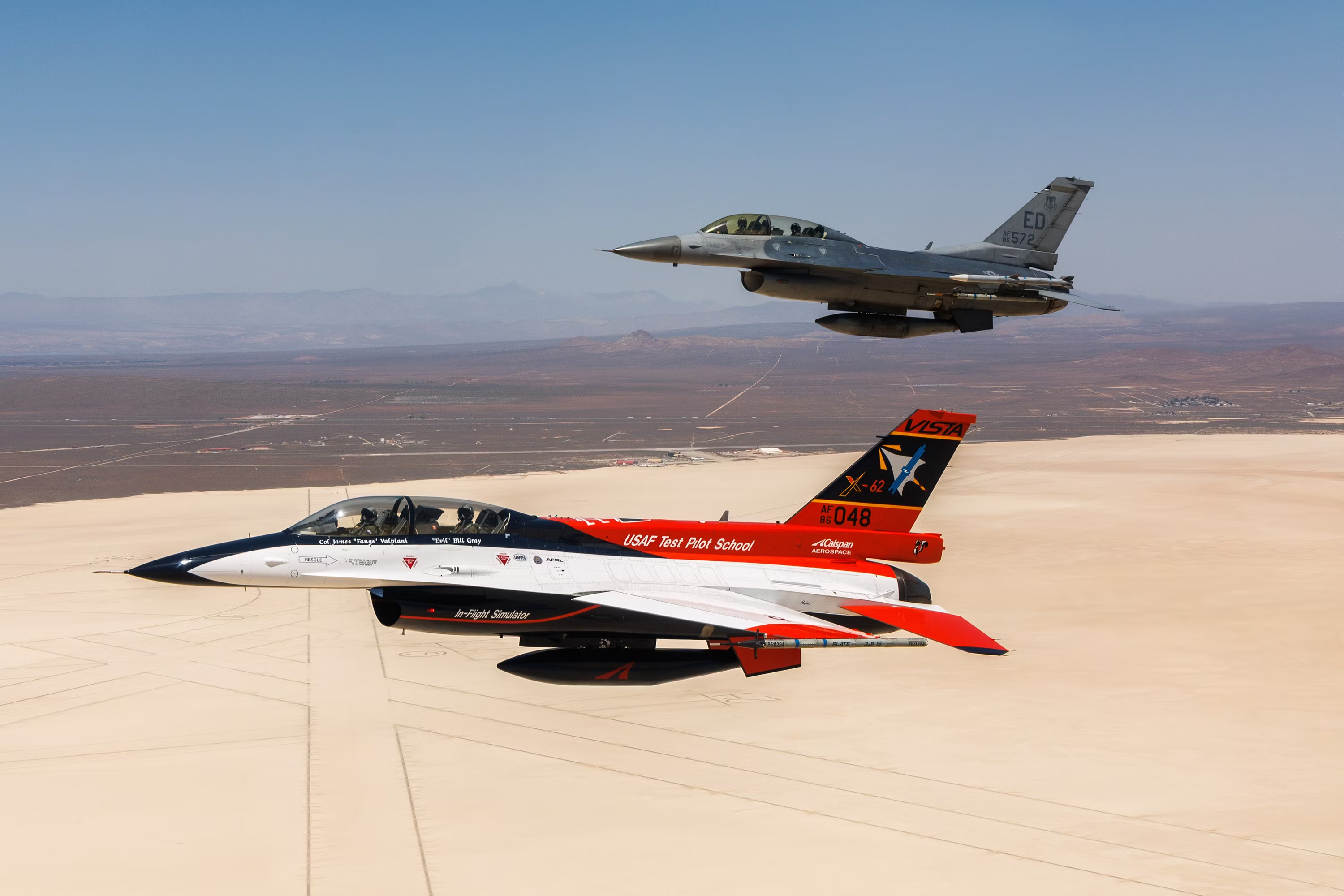Before discussing how United States fighter pilots train for aerial dogfights, let’s define the word “dogfight” and see how it came to be the word dogfight for air-to-air combat dates back to WWI (1914-1918). At the start of the war, aircraft were only used to observe enemy troop movements, and because of weight restrictions on early aircraft, the thought of arming the planes never occurred until later.
The first air-to-air combat occurred during the Battle of Cer in western Serbia; a military campaign fought between Austria-Hungary and Serbia in August 1914. On August 15, 1914, Serbian pilot Miodrag Tomić came across an Austro-Hungarian plane while performing a reconnaissance mission. The Austo-Hungarian pilot waved at Tomić and began shooting at him with a pistol.
Tomić managed to evade the enemy aircraft, and two months later, all Serbian and Austo-Hungarian aircraft were fitted with machine guns. The first modern use of the word was in a contemporary newspaper article written by Australian journalist Frederic Cutlack, who wrote:
“A patrol of seven Australian machines on Saturday met about twenty of von Richthofen’s circus at 12,000 feet. Ten of the enemy dived to attack our men. A regular dogfight ensued for half a minute.”
Many people dream of becoming a fighter pilot
Becoming a fighter pilot is the dream for most young aviators entering the military. While fighter jets have been around since the late 1940s, movies like Top Gun have increased public fascination with fast jets and aerial combat. All branches of the United States military have pilots, but for this article, we will only look at how United States Air Force (USAF) pilots are trained for dogfights with the enemy.
To become a fighter pilot in the USAF, you must have at least a four-year bachelor’s degree and meet all physical requirements, including general fitness, perfect vision, and hearing. You must also meet height requirements, which are taller than 5 feet 4 inches and shorter than 6 feet 4 inches, so that you can sit comfortably in the cockpit.
Most pilot candidates either spent years in the Reserve Officers’ Training Corps (ROTC) while at university or attended the Air Force Academy in Colorado Springs, Colorado. All officers selected for pilot training are sent to one of the following four air bases:
- Euro-NATO Joint Jet Pilot Training at Sheppard AFB, Texas
- Specialized Undergraduate Pilot Training at Columbus AFB, Mississippi
- Laughlin AFB, Texas
- Vance AFB, Oklahoma.
Photo: USAF
All candidates begin their flight training in a single-engine Beechcraft T-6 Texan II turboprop based on the Swiss Pilatus PC-9. After mastering the T-6 Texan II and low-level formation, flying pilots then begin their fighter jet training on the two-seat, twinjet Northrop T-38 Talon, the world’s first supersonic jet trainer. Specialized pilot training is divided into three categories, which are:
- Academic/Ground Training
- Primary Flying Training
- Advanced Flying Training
The training includes:
- Flight training to understand the principles and techniques required to operate advanced jet aircraft
- Ground training to supplement flight training
- Officer training to help strengthen leadership skills, officer qualities, and an Air Force pilot’s role in the United States military.
Pilots are assigned to airlift/tanker or fighter/bomber
After having completed the training on the Northrop T-38 Talon, student pilots are then selected for one of three advanced training paths based on their performance and the needs of the United States Air Force at the time. Airlift and tanker pilots are sent to train on the twin-engined Raytheon T-1 Jayhawk, while pilots selected for fight/bomber training continue training on the Northrop T-38 Talon. Of the pilots who have completed the initial flight training, around 160 will be selected for Remotely Piloted Aircraft training.
Photo: USAF
Once pilots who followed the fighter/bomber path complete their Northrop T-38 Talon training and finish the introduction to fighter fundamentals course, they are sent to one of the following Air Force Bases:
- McDonnell Douglas F-15 Eagle training at Kingsley Field, Oregon
- General Dynamics F-16 Fighting Falcon at Luke AFB, Arizona
Dogfighting is a thing of the past
As aircraft have evolved and advanced with new technologies, the days of close air-to-air combat are long gone, with aircraft like the 5th-generation Lockheed Martin F-22 Raptor able to detect and take out enemy planes before being detected. Even 4th-generation fighters like the F-15 and F-16 now carry state-of-the-art AIM-9 Sidewinder or AIM-120 AMRAAM air-to-air missiles that can down enemy aircraft well beyond the pilot’s vision.
Photo: USAF
Looking toward the future, the United States Air Force (USAF) is moving away from piloted fighter jets to autonomous aircraft. While the move will not occur overnight, the Air Force already has an F-16 that uses artificial intelligence (AI) and machine learning to fly autonomously. AI in fighter jets is the most significant advance in military aviation since stealth technology was first used in the 1990s.
Autonomous aircraft will accompany crewed fighter jets
The next step for military aviation is a 6th-generation fighter accompanied by unmanned autonomous platforms. The pilot in the fighter jet would still make all the decisions but could use the autonomous aircraft flying with them to fly ahead of them and scout out targets. Autonomous aircraft can be used for electronic warfare and use their own missiles to shoot down enemy aircraft and destroy targets on the ground.
American aircraft manufacturer Boeing is currently building the Boeing MQ-28, an uncrewed aircraft that flies using AI technology that works in partnership with a crewed aircraft. For decades now, during any conflict the United States has been involved in, it has quickly assumed air superiority. However, with the focus shifting to going up against an advanced adversary such as China, experts predict that pilots teamed with uncrewed aircraft could be crucial in winning the battle.




